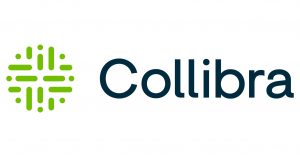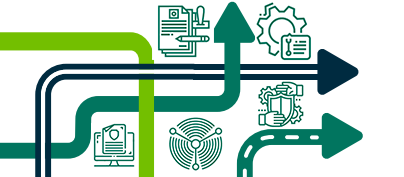Government agencies have been working toward a digital transformation — accelerated by the COVID-19 pandemic — but the shift to a data-driven strategy is something of a new frontier.
Agencies must build a culture of data intelligence. And that begins with data governance, which manages availability, security and usability while providing a framework for enforcing policies. A strong, consistent data governance strategy enables greater collaboration within agency units, such as IT and business, and among outside agencies, all of which leads to innovative solutions and, ultimately, better services.
In addition to laying the foundation for data intelligence, agencies need to guarantee their data’s availability and integrity. And an industry partner can provide the experience, skills and technology to help guide the implementation of a sound strategy, deriving the greatest value from the data while meeting security, privacy and compliance requirements. Among the features to focus on:
1. Policy and Security
A solution should be able to incorporate, support and enforce agency policies concerning data use, sharing and access. More importantly, it should focus on security, including protection of personally identifiable information (PII), and support policies ranging from the European Union’s General Data Protection Regulation to the California Consumer Privacy Act. A solution that includes privacy by design will help control access to data and build in compliance processes that can be reported and tracked. Access control must be balanced with availability to those who need the data both within and outside an agency.
2. Practical Support
An enterprisewide data strategy needs a system that is user-friendly for knowledge workers in addition to data experts and other tech-savvy employees. It also needs to readily support migrations of applications and infrastructure to the cloud, while controlling what data should and should not migrate. In that way, a data strategy can accelerate cloud migrations and, by extension, the adoption of innovative solutions.
3. Access and Availability
While controlling access to those who have permission, agencies also have to make sure that their data and data catalogs are available to everyone who needs them. A solution should be integrated with business intelligence tools, such as Tableau, and analytic data warehouse tools, such as Amazon Redshift, Google BigQuery and Snowflake.
4. Ensuring Trust
Data-driven decision-making requires that users have faith in the efficacy of the data they’re using. Multi-source integration helps make data catalogs more comprehensive and data lineage ensures its integrity. Trusted business reporting and elimination of data duplication fosters collaboration on the same data and reports, which shortens the time to realizing value.
5. FedRAMP Certification
The Federal Risk and Authorization Management Program (FedRAMP) sets standardized requirements for security assessment, authorization and continuous monitoring in federal cloud environments. Agencies should look for FedRAMP Moderate Impact authorization, which covers controlled unclassified information, such as PII, which is the bulk of sensitive information in government systems.
FedRAMP Certification The Federal Risk and Authorization Management Program (FedRAMP) sets standardized requirements for security assessment, authorization and continuous monitoring in federal cloud environments. Agencies should look for FedRAMP Moderate Impact authorization, which covers controlled unclassified information, such as PII, which is the bulk of sensitive information in government systems.
This article is an excerpt from GovLoop’s recent report, “Federal Agencies’ Path to Data-Driven Decision-Making.” To explore how agencies can make their data-driven visions a reality, and a helpful use case from a large federal agency, download the full report here.







Leave a Reply
You must be logged in to post a comment.